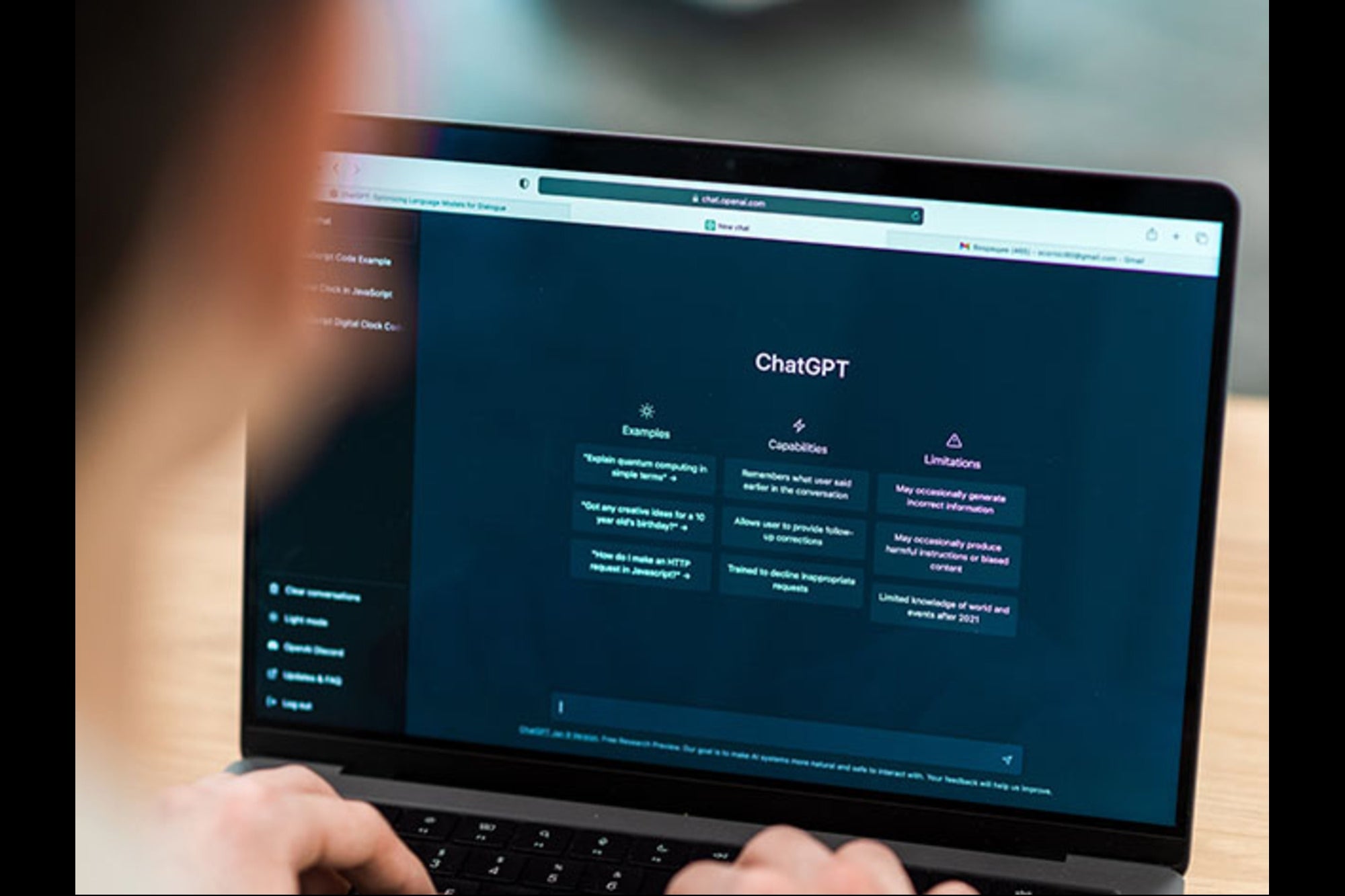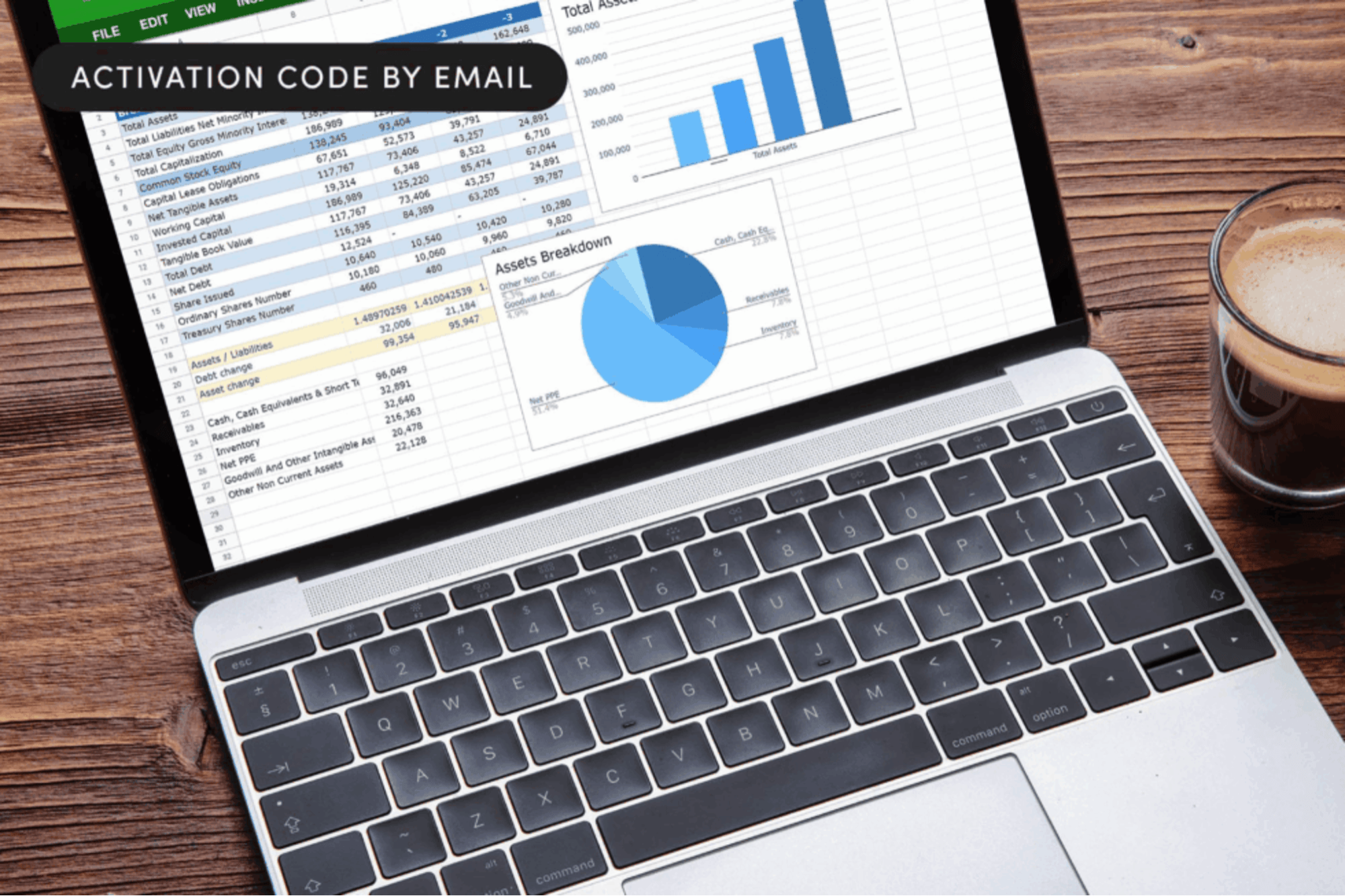Opinions expressed by Entrepreneur contributors are their own.
One of the most valuable commodities of our time now flows through our algorithms, powers the devices tracking our movements and fuels the newest health innovations — our data.
The list of items tracked is staggering, ranging from every step we take to our heartbeats and everything in between.
These moments are fueling a booming healthtech economy built on a skewed exchange: People generate data, and companies extract the value.
Related: Why Proactivity With Data Security and Privacy Is More Important Than Ever — and How to Be on Top of It
Under pressure
However, that architecture is cracking. Almost 193 million people are estimated to have been affected by the largest healthcare breach on record, the 2024 Change Healthcare attack. In 2024 alone, at least 14 data breaches hit one million patient records, with almost 238 million people exposed across these incidents. If our most valuable asset can leak at that scale, it would be fair to say data extraction isn’t just a moral grey area, but it’s operationally unsound as well.
In recent times, consumers have begun telling founders what they want instead: control. In April 2025, Pew reported 55% of U.S. citizens wanted more personal control over how AI is used in their own lives. This showcases a demand for agency in the new systems shaping our healthcare choices.
There is one fundamental thing entrepreneurs and founders should understand when building healthcare platforms today — treating your contributors as stakeholders rather than subjects will go a long way.
This means building products and policies where value flows inwards, not just outwards. The form can be as direct as paying for contributions, or strategically, by granting early access to features, premium analytics and dashboards or credits that unlock opportunities in research and care.
The bottom line is alignment. Richer, more consistent streams of high-quality data are generated when people feel they have an element of ownership. This richer data makes better algorithms, and better algorithms deliver products that justify the relationship.
Transparency is the friend of alignment
Make the data flows legible in the product: Tell people what you collect and why, where it goes and how long it stays there. Replace vague consent boxes with optional permissions that let a person authorize one use of their data and decline another, and show, in the product, how those toggles change access. When people can see and steer the flow, privacy stops being a legal document and becomes an experience.
Private companies are not the only ones who can benefit from implementing such systems, with public-sector research leaning into the same logic. The NIH’s All of Us program is designed to return value to participants while opening access for researchers. It has more than 866,000 participants, creating one of the most diverse health datasets in the world. It is clear that when participation is treated as a partnership, rather than a data grab, both the company and the individual benefit.
Related: What Brands and Consumers Can Do to Build a Privacy-First Digital Future
Ownership models
Switzerland is a great example of why ownership models matter. The country’s MIDATA initiative enables individuals to maintain their own health records, contribute to research on their own terms and govern the platform as members.
We see many companies built using blockchain technologies that often discuss delegating ownership of data, but traditional institutions can also take a leaf out of that book. You don’t have to tokenize anything to learn from that structure.
The shift begins with the story you tell. Instead of asking users for data so you can build, reframe it, ask them to build with you, and allow users to share the value their data creates. Map your data flows and surface them in the product itself.
By designing an incentive mechanism that is simple to understand and sustainable to manage, one that puts people at the center of the process, you will reap the rewards later and ensure you have the backing of your users as well.
One of the most valuable commodities of our time now flows through our algorithms, powers the devices tracking our movements and fuels the newest health innovations — our data.
The list of items tracked is staggering, ranging from every step we take to our heartbeats and everything in between.
These moments are fueling a booming healthtech economy built on a skewed exchange: People generate data, and companies extract the value.
The rest of this article is locked.
Join Entrepreneur+ today for access.








